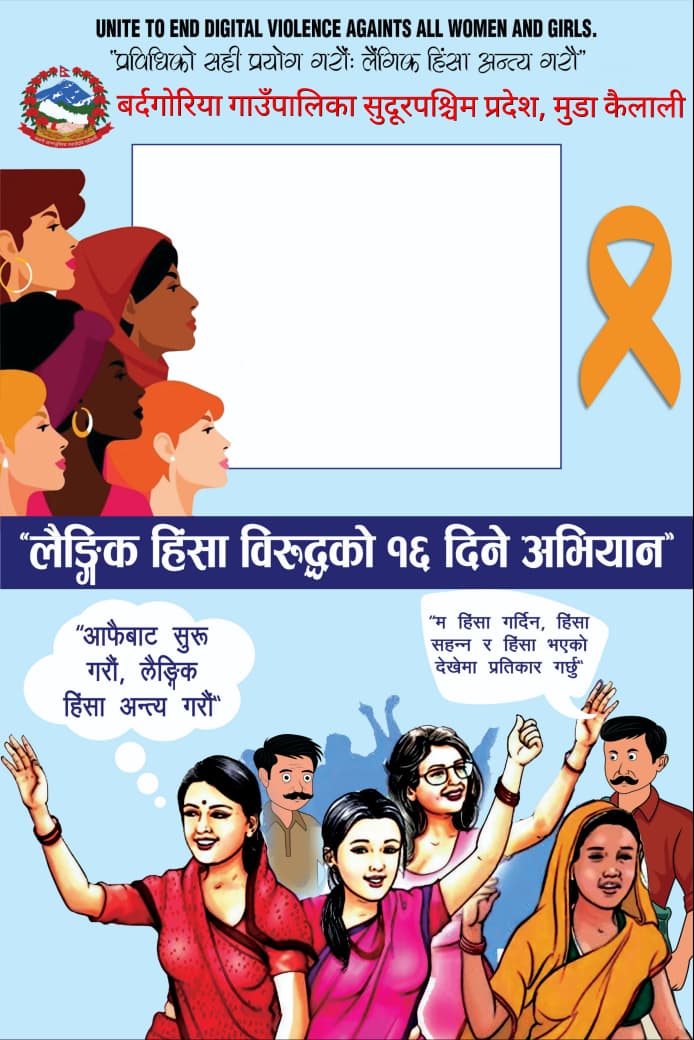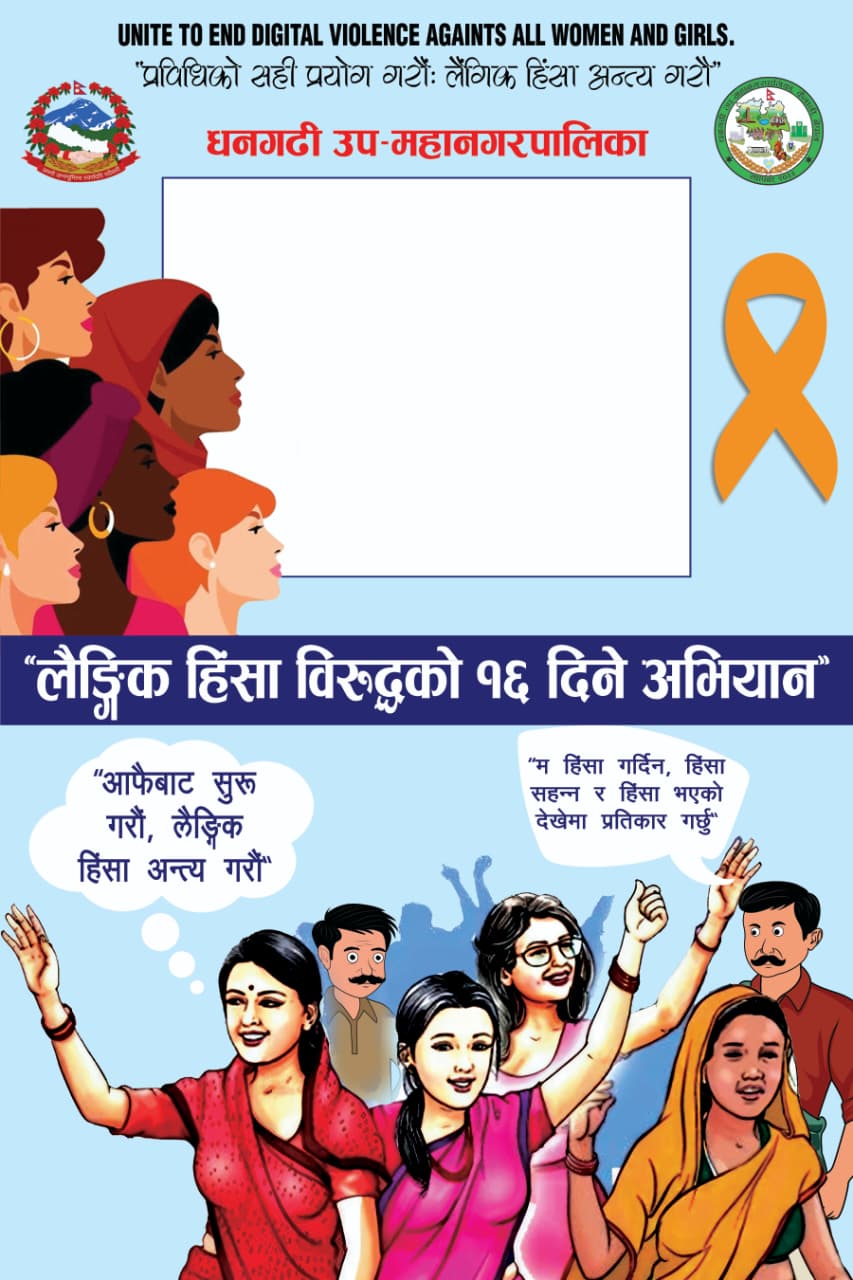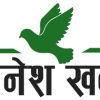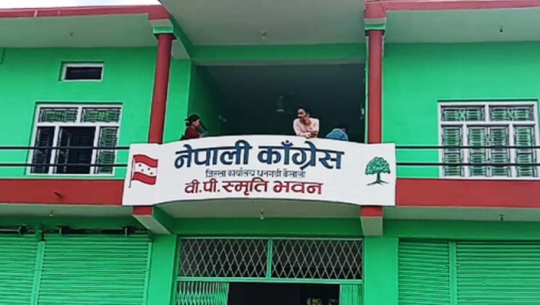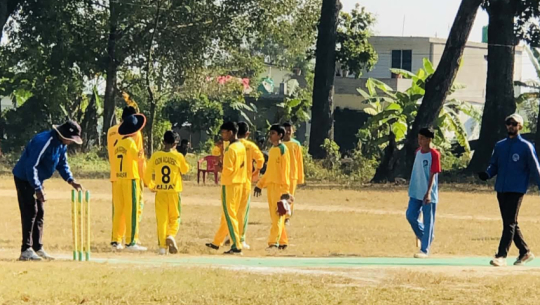Chaite paddy ripens in Kanchanpur as farmers prepare for harvest

Kanchanpur: Ramsikan Rana, a farmer from Kasraul, Shuklaphanta Municipality-6, is preparing to harvest his Chaite paddy as it reaches maturity in June.
While most farmers cultivate paddy once a year, Rana has been growing it twice—during the Chaite and Barkhe seasons. He has cultivated the ‘Chaite-5’ variety on one and a half bighas of land, supported by an 85 percent subsidy on seeds, fertilizers, and irrigation through the Prime Minister’s Agriculture Modernization Project.
Following advice from agricultural technicians, Rana reported no issues with pests or disease. “Chaite paddy is about to ripen,” he said. “We are planning to harvest it in a day or two and sow the new paddy. Unlike Barkhe paddy, Chaite paddy faces fewer issues with diseases and pests, and we are confident that the yield will exceed expectations.” However, he noted challenges in storing and threshing the harvest due to ongoing rainfall.
This year, Chaite paddy has been cultivated across 54 hectares in Kanchanpur under the modernization project. Agriculture Officer Sanju Upadhyay Rimal stated that farmer participation has increased. Sown from Magh to the first week of Chait, Chaite paddy ripens within 120 days and is ready for harvest by early Asar.
According to Agricultural Knowledge Center Officer Jaguri Khanal, Chaite paddy is particularly suitable for marginal and flood-prone areas, such as Beldandi. In total, Chaite paddy has been cultivated on 260 hectares across the district this year, supported by the Agricultural Knowledge Center, the Prime Minister’s Agriculture Project, municipal grants, and private investment. The crop yields an average of 4.6 metric tons per hectare.
Farmers in the Mahakali Irrigation command area grow Chaite rice at a relatively low cost, while those using underground irrigation methods—such as pump sets, shallow and deep tube wells—face higher expenses. To promote Chaite rice cultivation, a program has been launched in Punarbas Municipality this fiscal year, offering subsidies for small-scale irrigation, improved seeds, and agricultural equipment. Under this initiative, cultivation has expanded to 24 hectares.
Farmers in Punarbas, Belauri, Bhimdatta, Shuklaphanta, and Beldandi Rural Municipality—areas with irrigation access—actively cultivate Chaite rice. Sporadic cultivation also takes place in Krishnapur and Dodhara Chandani Municipalities. The Agricultural Knowledge Center has subsidized cultivation on 150 hectares.
Despite higher yields, farmers report difficulty securing fair market prices for Chaite paddy, which is mostly used for producing chiura and bhuja. Crop protection from stray animals remains a challenge.
Agricultural technicians emphasize that the crop’s disease resistance allows for strong yields despite seasonal impacts. Karan Singh Budhaair, head of the agricultural development branch of Shuklaphanta Municipality, noted that farmers have begun harvesting two rice crops annually. “With increased paddy production, farmers’ annual income has doubled,” he said. “Vacant fields are also being utilized for wheat and vegetable farming. Chaite paddy contributes to national food reserves and enhances emergency food supply readiness.”


